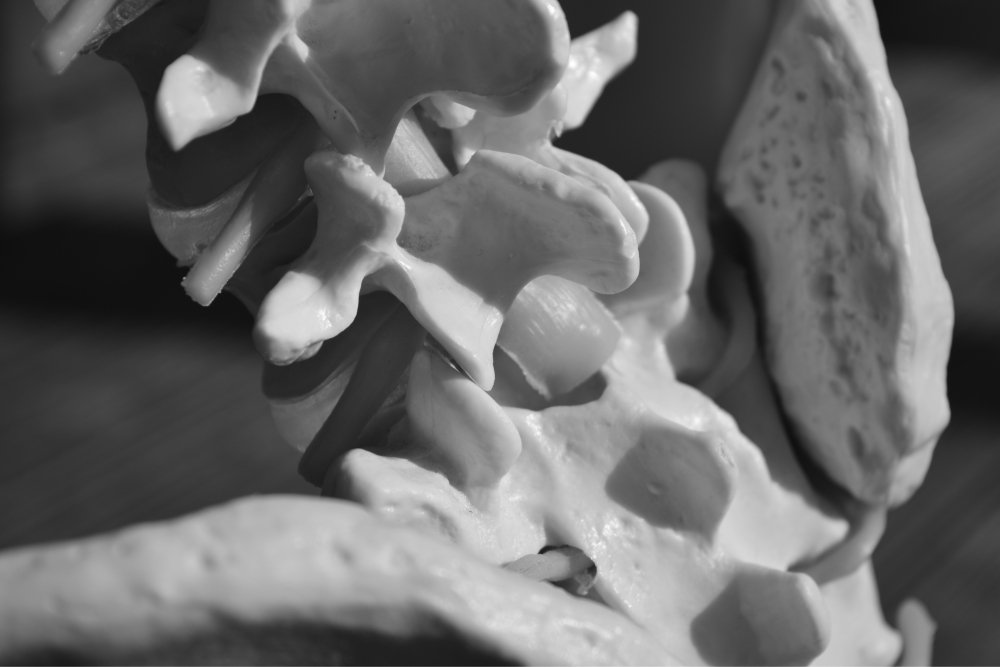Polymyalgia rheumatica
Polymyalgia Rheumatica
Fighting inflammation and restoring freedom
Polymyalgia Rheumatica (PMR) is a chronic inflammatory disorder that primarily affects individuals over the age of 50. It is characterized by pain, stiffness, and inflammation in the muscles, especially in the shoulders, neck, hips, and thighs. PMR can cause significant discomfort and limited mobility, but with appropriate management, the condition can be effectively controlled.
Causes
The exact cause of Polymyalgia Rheumatica is unknown. However, it is believed to be an autoimmune condition, where the body’s immune system mistakenly attacks healthy tissues, leading to inflammation. Genetic factors and certain environmental triggers may contribute to the development of PMR.
Risk factors
Risk factors for Polymyalgia Rheumatica include:
Age – PMR typically affects individuals over the age of 50, with the highest incidence occurring in people aged 70 or older.
Gender – Women are more commonly affected by PMR than men, with a ratio of approximately two to one.
Genetic predisposition – There may be a genetic component to PMR, as it tends to occur more frequently in individuals with a family history of the condition or other autoimmune disorders.
Symptoms:
The hallmark symptoms of Polymyalgia Rheumatica include:
Muscle Pain and Stiffness: Widespread pain and stiffness, most commonly in the shoulders, neck, hips, and thighs, are the primary symptoms of PMR. The pain and stiffness are usually worse in the morning or after a period of inactivity.
Morning Stiffness: Individuals with PMR often experience severe morning stiffness that can last for several hours, making it difficult to perform routine activities.
Fatigue: Many individuals with PMR experience fatigue, which can be attributed to the underlying inflammation and the impact of the condition on sleep quality.
Limited Range of Motion: Stiffness and pain in the affected muscles can lead to a limited range of motion, making it challenging to perform tasks such as raising the arms or getting up from a seated position.
Generalized Symptoms: Some individuals with PMR may experience additional symptoms such as low-grade fever, weight loss, loss of appetite, and depression.
Diagnosis:
Diagnosing Polymyalgia Rheumatica can be challenging, as the symptoms can overlap with other conditions. A comprehensive evaluation typically includes:
Medical History and Physical Examination: The healthcare provider will inquire about the nature and duration of symptoms, perform a thorough physical examination, and assess for muscle tenderness, joint swelling, and limitations in range of motion.
Blood Tests: Blood tests can help evaluate markers of inflammation, such as erythrocyte sedimentation rate (ESR) and C-reactive protein (CRP) levels, which are often elevated in individuals with PMR. Other tests may be performed to rule out other conditions and assess overall health.
Imaging Tests: X-rays and other imaging tests may be ordered to evaluate joint and bone health, rule out other causes of pain, and assess for associated conditions such as giant cell arteritis, which can occur concurrently with PMR.
Treatment
PMR is known to respond well to low-dose corticosteroid treatment. A positive response to corticosteroids can further support the diagnosis of PMR. The primary treatment for Polymyalgia Rheumatica involves the use of corticosteroids to reduce inflammation and relieve symptoms. The following are common treatment strategies:
Chiropractic care
While chiropractic care cannot cure Polymyalgia Rheumatica (PMR), it can provide valuable support and relief for individuals living with this condition. Chiropractic care focuses on improving musculoskeletal health, promoting proper alignment, and enhancing overall well-being.
Chiropractors are skilled in assessing and managing pain associated with musculoskeletal conditions. For individuals with PMR, chiropractic adjustments can help reduce pain and discomfort in affected areas, such as the shoulders, neck, hips, and thighs. By applying gentle and targeted manual techniques, chiropractors aim to alleviate muscle tension, improve joint mobility, and reduce inflammation, providing relief from PMR-related pain.
PMR can cause stiffness and limited range of motion in the affected muscles and joints. Chiropractic adjustments and mobilization techniques can help restore proper joint function, increase flexibility, and improve overall range of motion. This can enhance the individual’s ability to perform daily activities, such as raising the arms or walking, with greater ease and reduced discomfort.
Posture Correction and Body Mechanics: Chiropractors can assess an individual’s posture and identify any postural imbalances or misalignments that may contribute to the symptoms of PMR. Through spinal adjustments and postural corrections, chiropractors help improve overall posture, which can alleviate strain on muscles and joints, enhance spinal alignment, and promote optimal functioning of the musculoskeletal system.
Muscle Relaxation and Tension Relief: PMR often involves muscle pain and tension. Chiropractic care incorporates various soft tissue techniques, such as massage, myofascial release, and trigger point therapy, to relax and release tight muscles. These techniques can help reduce muscle tension, improve blood flow, and enhance the overall relaxation response, providing relief from PMR-related muscle discomfort.
Comprehensive Approach to Well-being: Chiropractic care embraces a holistic approach to health and wellness. Chiropractors assess not only the musculoskeletal system but also consider other factors that may contribute to the symptoms of PMR, such as lifestyle habits, stress levels, and nutrition. They can provide guidance on exercise, stretching, ergonomic modifications, and lifestyle modifications to support the individual’s overall well-being and complement the management of PMR.
It’s important to note that chiropractic care should be integrated as part of a multidisciplinary approach to managing Polymyalgia Rheumatica. Collaboration with other healthcare professionals, such as rheumatologists or primary care physicians, ensures coordinated and comprehensive care for individuals with PMR.
Symptom Management: Over-the-counter pain relievers, such as nonsteroidal anti-inflammatory drugs (NSAIDs), may be used in combination with corticosteroids to help manage pain and reduce inflammation.
Monitoring for Giant Cell Arteritis
Giant cell arteritis (GCA) is a condition that can occur concurrently with PMR in a subset of individuals. GCA is characterized by inflammation of the blood vessels, particularly in the head and neck region, and can lead to serious complications. Therefore, individuals with PMR may undergo additional monitoring and testing to assess for signs of GCA.
Prognosis
Polymyalgia Rheumatica is a chronic condition that requires ongoing management. With appropriate treatment, the majority of individuals experience significant improvement in symptoms and overall function. However, the duration of treatment can vary, and some individuals may require a more prolonged course of corticosteroids. It is important to work closely with a healthcare provider to monitor symptoms, adjust medications, and manage potential side effects.
Self-Care and Coping Strategies
In addition to medical treatments, self-care and coping strategies can help individuals with Polymyalgia Rheumatica manage their condition and improve their quality of life:
Balancing Activity and Rest: Pacing activities and incorporating rest periods throughout the day can help manage fatigue and prevent overexertion.
Gentle Exercise: Engaging in low-impact exercises, such as walking, swimming, or tai chi, can help maintain joint mobility, muscle strength, and overall well-being.
Supportive Measures: Using heat or cold therapy, such as warm showers or ice packs, can help alleviate muscle pain and stiffness.
Emotional Support: Joining support groups or seeking counseling can provide emotional support and help individuals cope with the challenges of living with a chronic condition.
Healthy Lifestyle Choices: Eating a balanced diet, maintaining a healthy weight, and avoiding smoking can promote overall health and support the management of PMR.
It’s important to regularly communicate with a healthcare provider to monitor symptoms, adjust treatment as necessary, and address any concerns or questions regarding the condition.
With appropriate management and treatment, individuals with PMR can experience significant improvement in symptoms and overall function, allowing them to maintain an active and fulfilling life.
A collection of informative and engaging videos that offer visual insights into the world of chiropractic care. Visual content is a powerful tool for education and empowerment, allowing you to deepen your understanding of chiropractic principles, techniques, and the benefits of maintaining a healthy spine.
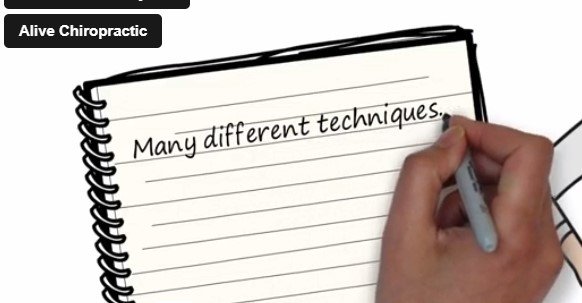
Chiropractic techniques
Chronic lower back pain is one of the most common musculoskeletal conditions causing disability and absence from work worldwide.
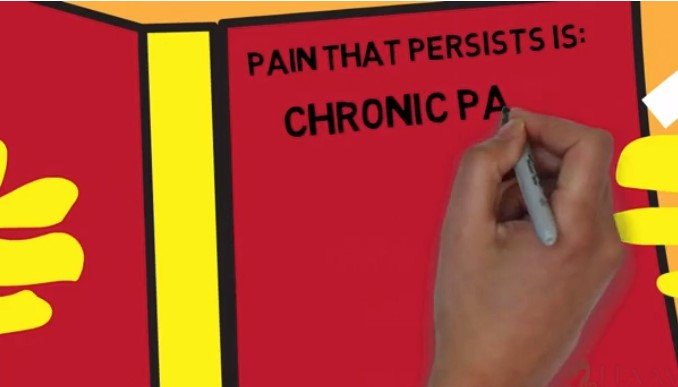
What is pain?
Sometimes, neck pain can be accompanied by radiating pain towards the shoulder blade or – in some cases – towards the arms.
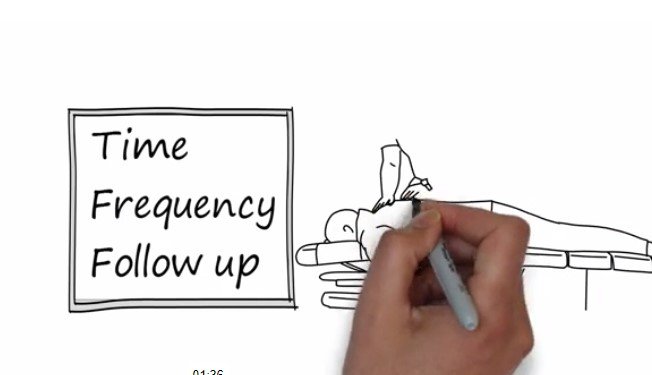
How often should I see my chiropractor?
If you suffer from frequent headaches or migraines, chiropractic care can provide effective relief.
Alive Chiropractic Poundbury
1C Crown gate square DT1 3EJ
Poundbury, Dorchester
Tel. 01305602314
Mob. 07845096314
Conditions
Our clinic specialises in: YOU
“The beauty about chiropractic is the fact that it works with natural means. It puts nothing new into the body nor does it take away any natural gland or organ. Chiropractic simply releases life forces within the body, and lets nature do her work in a normal manner”.
Chiropractic care has been proven to be effective in managing a long list of conditions like sciatica, lower back pain, neck pain, headaches/migraines and much more. If you have any question, get in touch with our Poundbury clinic team; we will reply within a few hours.
If you are looking for a chiropractor in Dorchester, Alive Chiropractic team is ready to help you.
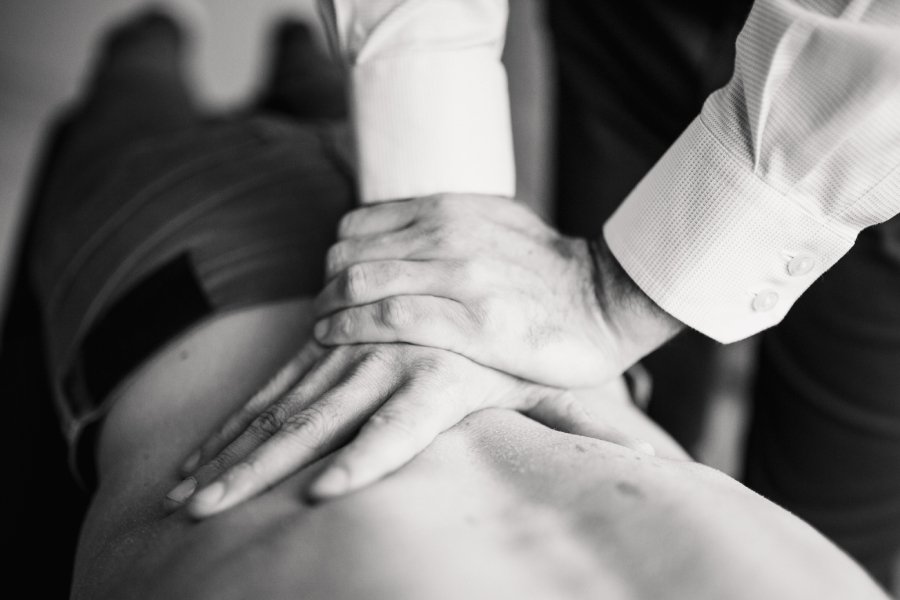
Lower back pain
Chronic lower back pain is one of the most common musculoskeletal conditions causing disability and absence from work worldwide.

Core weakness and instability
Commonly, stiffness is not a condition on its own but is often the result of an imbalance in the posture or the physiology of hte individual.
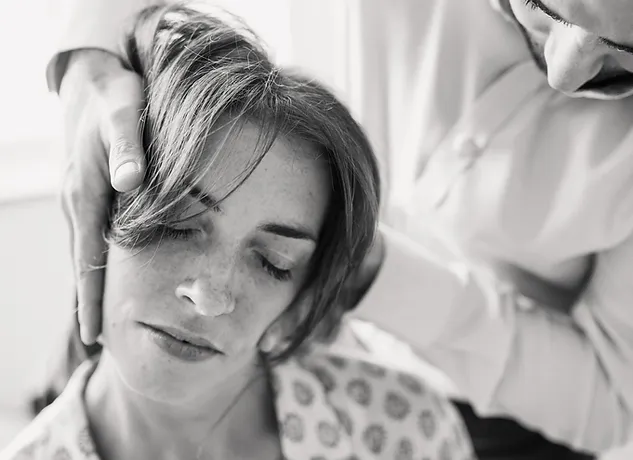
Headaches and migraines
If you suffer from frequent headaches or migraines, chiropractic care can provide effective relief.
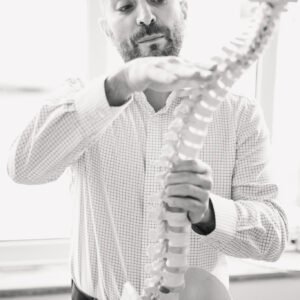
Gait disorders
Gait refers to the pattern of walking or how a person moves their limbs while walking. It is a complex process that involves the coordination of various body systems, including the musculoskeletal, nervous, and sensory systems.
